Rising Demand for IoT Solutions
The increasing demand for Internet of Things (IoT) solutions is a pivotal driver for the wi sun-technology market. As industries seek to enhance operational efficiency and connectivity, the integration of wi sun technology into IoT applications becomes essential. In 2025, the IoT market in the US is projected to reach approximately $1 trillion, with a significant portion attributed to smart devices utilizing wi sun technology. This trend indicates a growing reliance on wireless communication protocols that support low-power, long-range connectivity, which is a hallmark of wi sun technology. Consequently, the wi sun-technology market is likely to experience substantial growth as businesses and municipalities adopt these solutions to facilitate data exchange and improve decision-making processes.
Government Initiatives and Funding
Government initiatives aimed at promoting smart infrastructure and sustainable practices are significantly influencing the wi sun-technology market. In recent years, federal and state governments have allocated substantial funding to support the development of smart city projects, which often incorporate wi sun technology for efficient data transmission. For instance, the US Department of Energy has invested millions in research and development for smart grid technologies, which utilize wi sun protocols. This financial backing not only fosters innovation but also encourages public-private partnerships, thereby enhancing the market landscape for wi sun technology. As these initiatives continue to evolve, the wi sun-technology market is expected to benefit from increased investment and collaboration.
Emergence of Smart Home Technologies
The rise of smart home technologies is a notable driver for the wi sun-technology market. As consumers increasingly seek convenience and automation in their living spaces, the demand for interconnected devices has surged. Wi sun technology offers a robust solution for smart home applications, enabling seamless communication between devices such as thermostats, lighting systems, and security cameras. In 2025, the smart home market in the US is expected to reach approximately $100 billion, with wi sun technology playing a crucial role in ensuring reliable connectivity. This growth reflects a broader trend towards home automation and energy management, positioning the wi sun-technology market as a key player in the evolving landscape of smart home solutions.
Growth in Renewable Energy Integration
The transition towards renewable energy sources is a critical driver for the wi sun-technology market. As the US aims to reduce its carbon footprint, the integration of renewable energy systems, such as solar and wind, necessitates advanced communication technologies for monitoring and management. Wi sun technology plays a vital role in enabling real-time data exchange between energy producers and consumers, facilitating grid stability and efficiency. In 2025, the renewable energy sector is anticipated to account for over 30% of the total energy generation in the US, further underscoring the importance of wi sun technology in supporting this shift. This growth presents a substantial opportunity for the wi sun-technology market to expand its applications in energy management and smart grid solutions.
Advancements in Smart Metering Solutions
The evolution of smart metering solutions is driving the demand for wi sun technology in the utility sector. Smart meters, which provide real-time data on energy consumption, require reliable and efficient communication networks to function effectively. Wi sun technology, with its low-power and long-range capabilities, is increasingly being adopted for these applications. In 2025, the smart metering market in the US is projected to exceed $10 billion, with a significant portion utilizing wi sun protocols for data transmission. This trend indicates a growing recognition of the benefits of wi sun technology in enhancing the accuracy and efficiency of energy monitoring systems. As utilities continue to upgrade their infrastructure, the wi sun-technology market is likely to see increased adoption in smart metering applications.


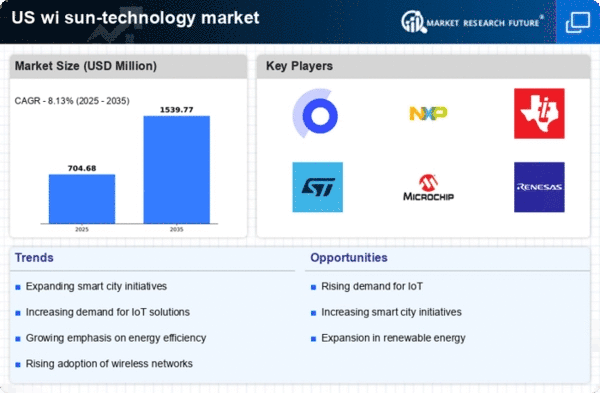
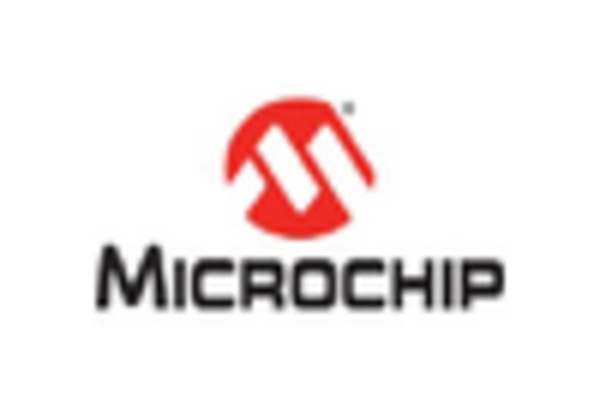
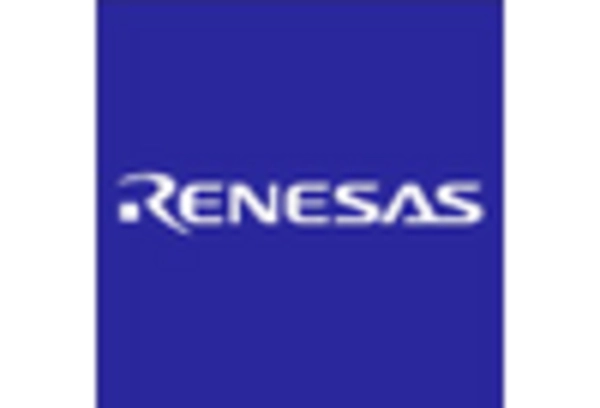
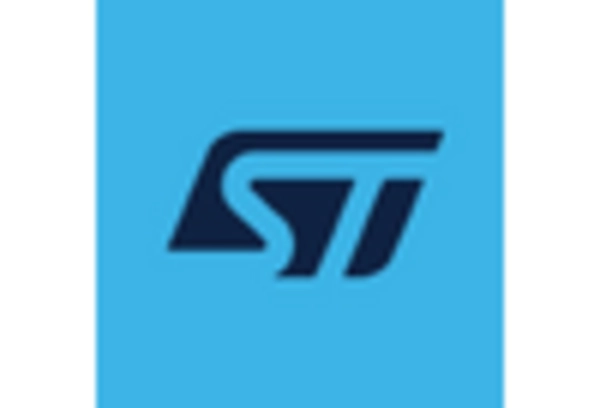
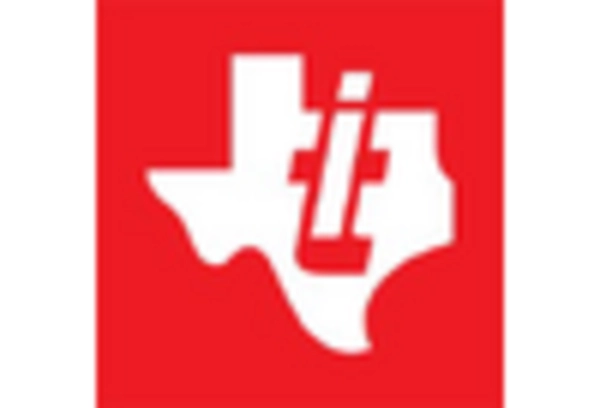








Leave a Comment